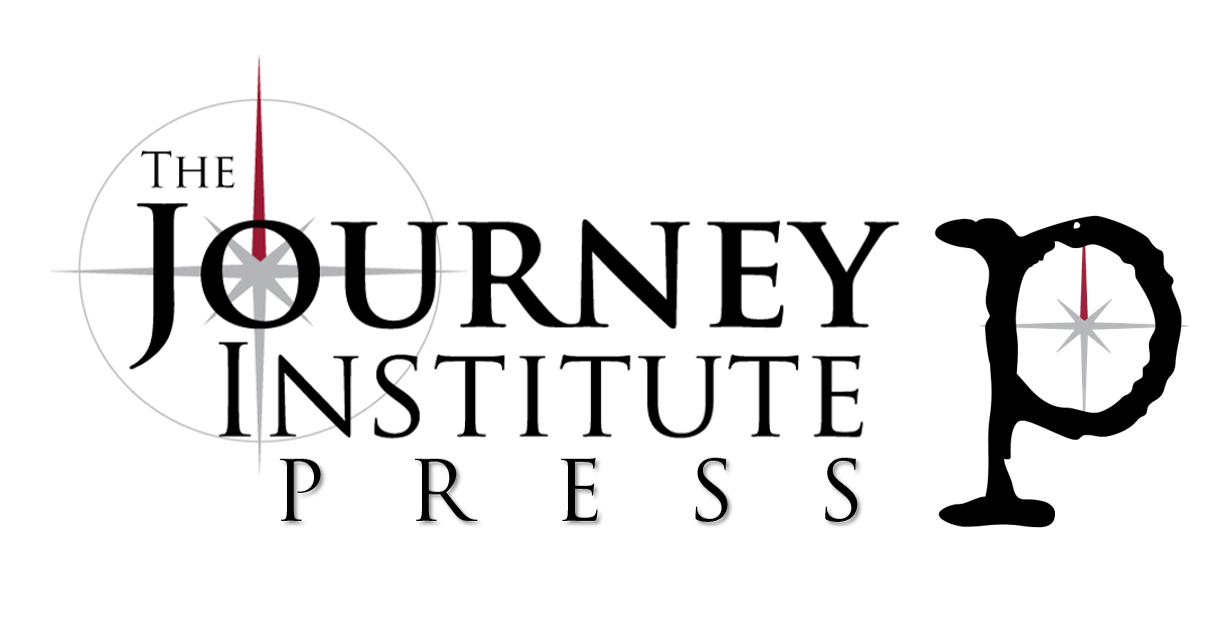
Manuscript Submissions Author Guidelines

Journey Institute Press is a non-profit publishing house created by authors for authors. Our mission is to tell the stories that would otherwise not be told by giving authors access to traditional publishing tools and support, utilizing a publishing model that is first and foremost geared towards authors, without the expenses required by other publishing models. See below for information on Query Letters, Manuscripts, and Formatting as well as FAQ’s.
Query Letter
Manuscripts are only accepted by invitation. To send a query letter please see below.
Use the form below or upload a query letter in Microsoft Word (preferably) or PDF format.
Your email / or query letter should include at a minimum:
A short synopsis of your book.
Genre, word count, and target audience.
Your name and contact details (email, phone number, website, social media).
Any relevant information about the author.
Send Query Letter
Manuscripts
Journey Institute Press primarily accepts submissions of non-fiction and fiction literary work.
The average word length of submissions varies but is typically between 50,000 – 90,000 words.
A literary agent is not required for submission.
We WILL consider manuscripts that are currently on submission to another publisher.
It is not necessary for you to register or copyright your work before publication—it is protected by law as-long-as it has not been published. If we accept your manuscript, we will copyright the book in the author’s name and register that copyright with the Library of Congress.
As an environmentally conscious publisher, we accept digital submissions only. We do not accept printed manuscripts via postal mail.
Guidelines
Your manuscript should follow the following format:
12pt Times New Roman font.
Use Black Font color.
Use 8.5×11 inches page size.
Set Margins to 1 inch on all sides.
Set Alignment to Left Side. (Not Justified)
Use Double Spaced Line Spacing.
Number all pages from the point at which the story begins. (Do Not number the title page)
Header should contain the book title and authors last name on every page along with the page number. (If the title is too long, simply use a keyword or two from the title.)
Center a hash tag ( # ) one double-spaced line down at the end of your manuscript and/or write THE END.
Additional Formatting:
- Use a Single Space after periods.
- Indent all paragraphs by .5 inches. (Do Not hit tab or space to indent. in Word, then set indentation using Format > Paragraph. Under “Indentation” and by “Left,” type .5. under “Special,” then choose “First line” from the drop-down menu.)
- No extra line spacing between paragraphs. (If you choose to add a line between paragraphs to indicate change of location or passage of time, center a typographical dingbat (like ***) or a hashtag ( # ) on the line.)
- Use Page Breaks for new Chapters.
- Begin chapters on new pages with the chapter title centered (even if it’s only “Chapter 1”), about one-third of the way down the page from the top.
- Never underline. Use italics for word emphasis.
- Use bold sparingly to highlight important information.
- Use single quotes (‘ ’) in the body of a paragraph. Double quotation marks (“ ”) should be used within single ones for quotes within quotes.
Title Page:
Your name, email address, physical address, and phone number should be in the top left of the page.
Your word count (to the nearest hundred) should be in the top right of the page.
Your title should be roughly one-third of the page from the top and centered.
Use the same font as the rest of the manuscript. Do not make anything on your title page bold, italics, or larger font.